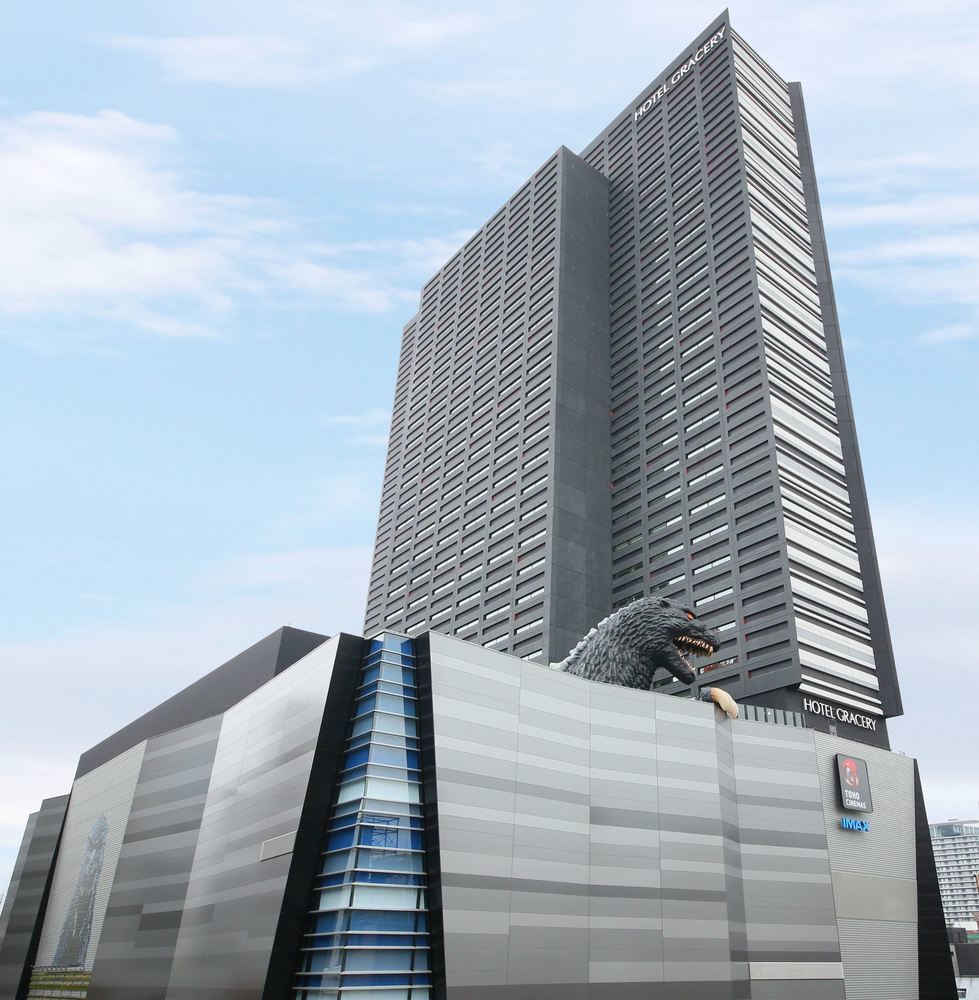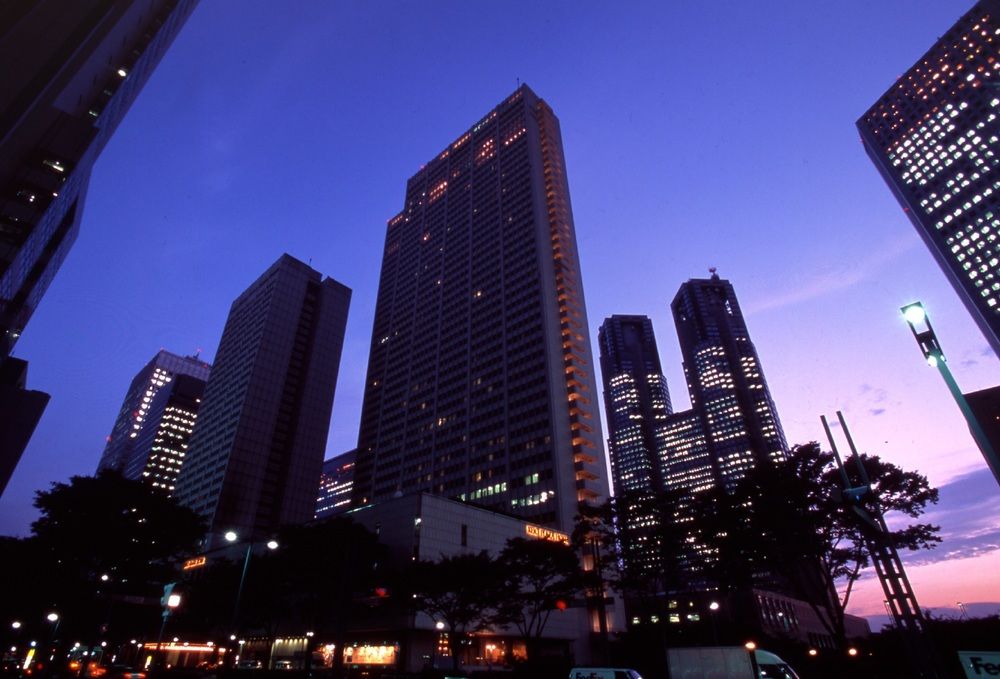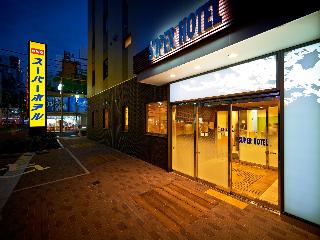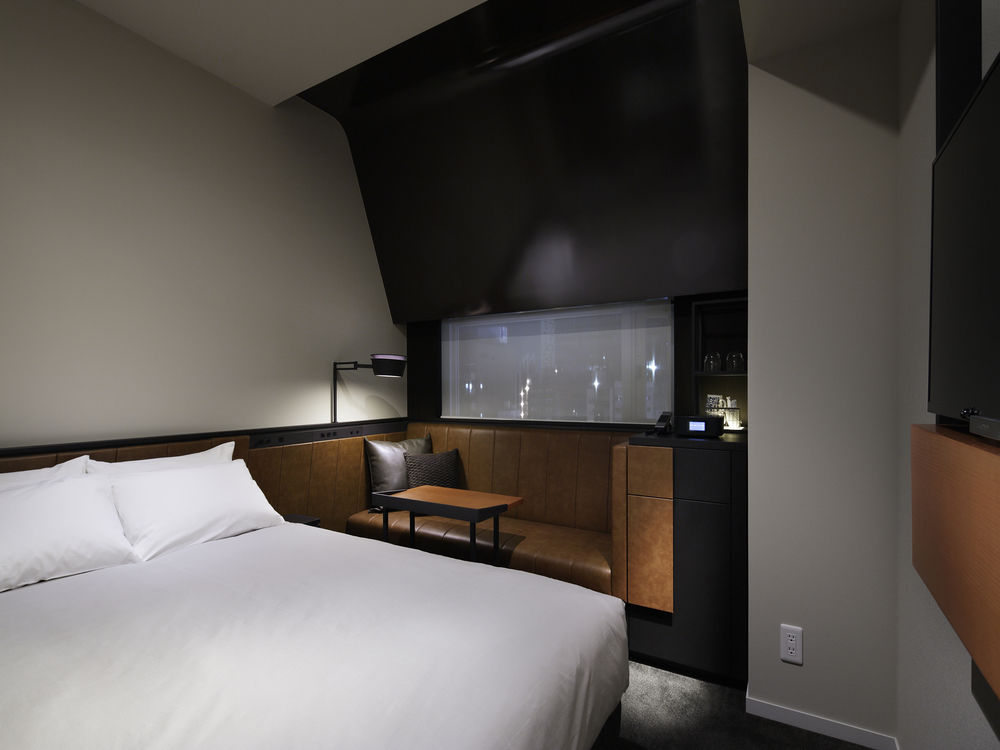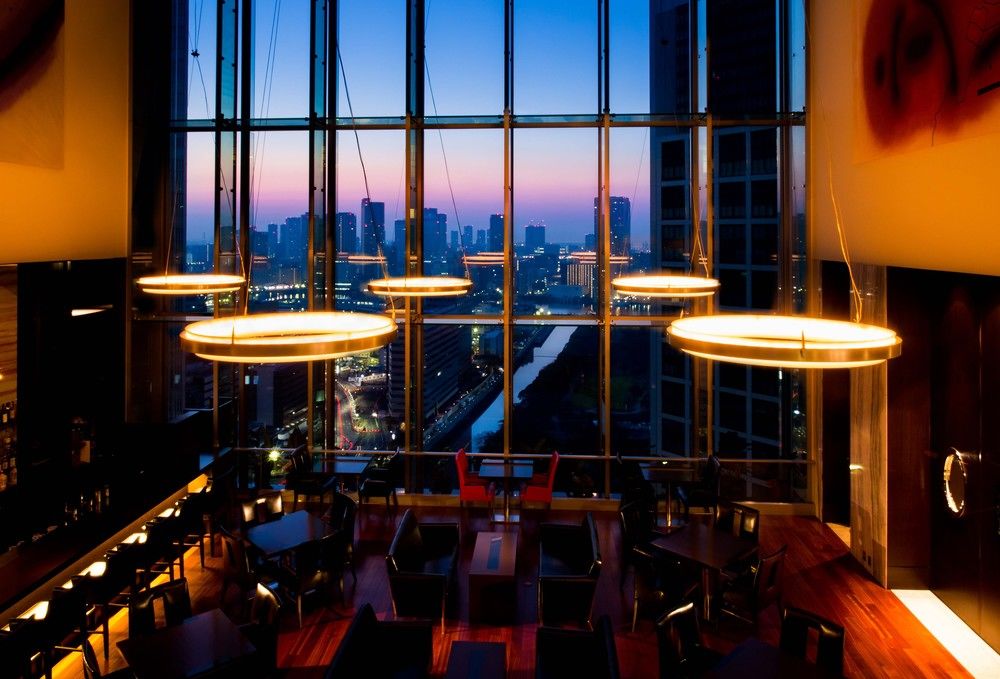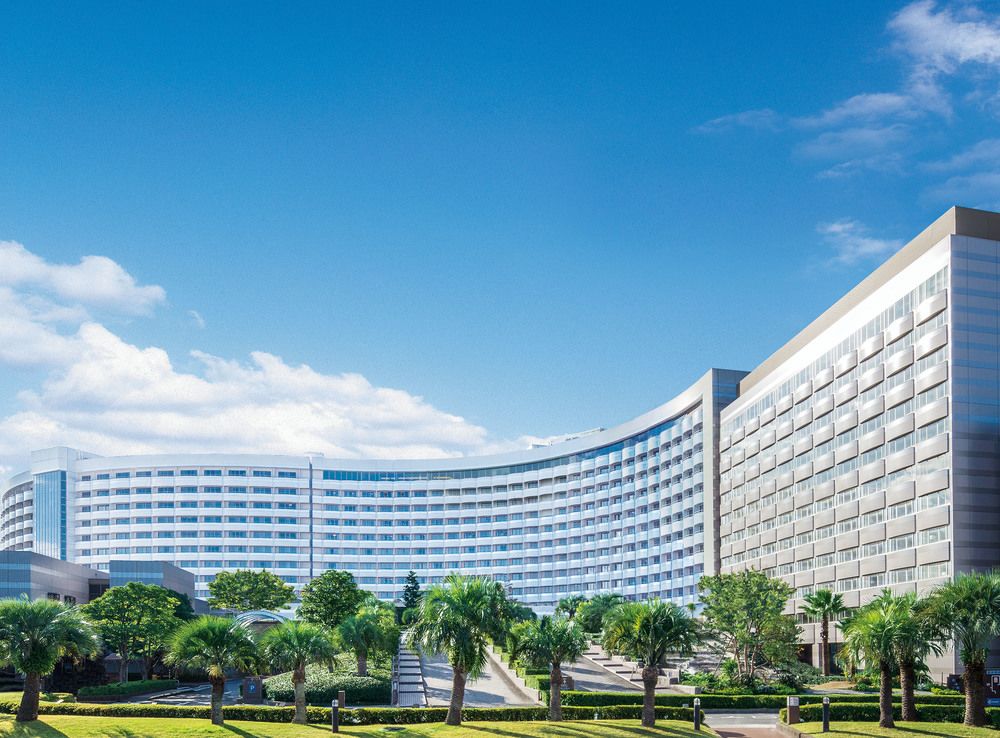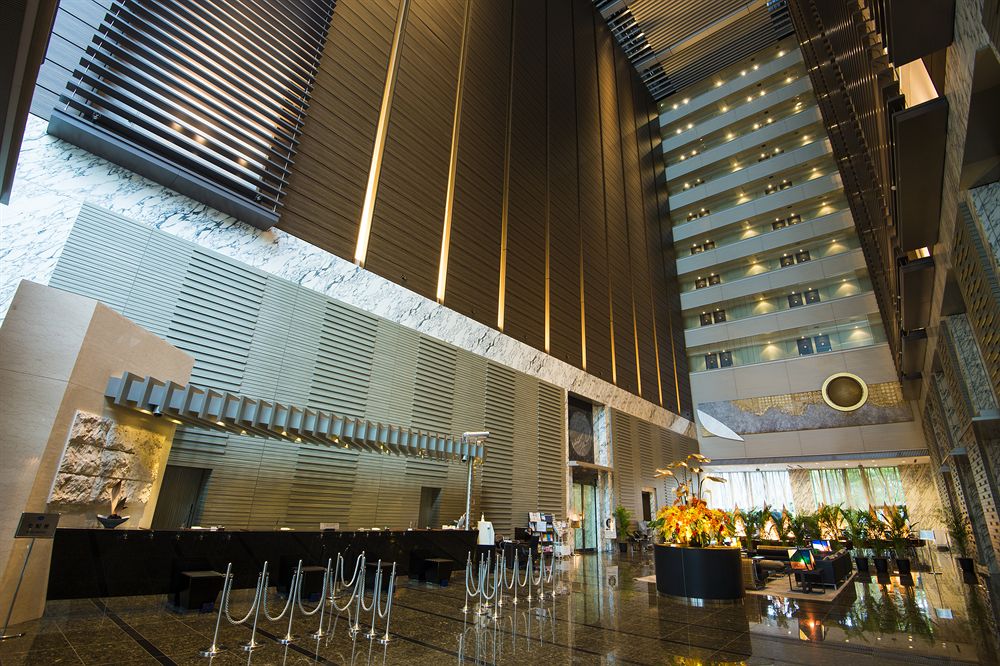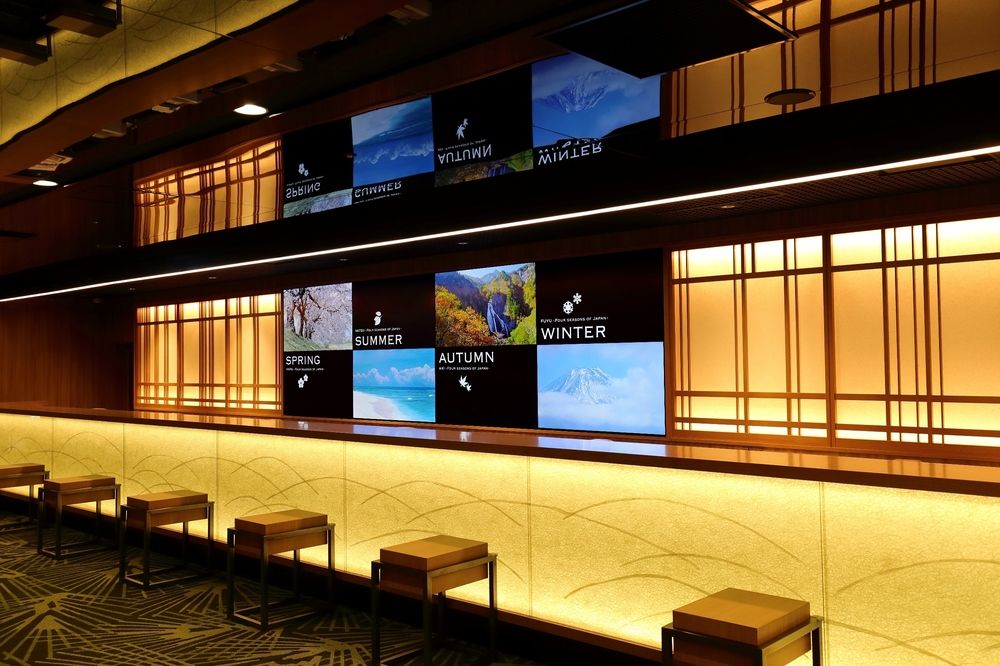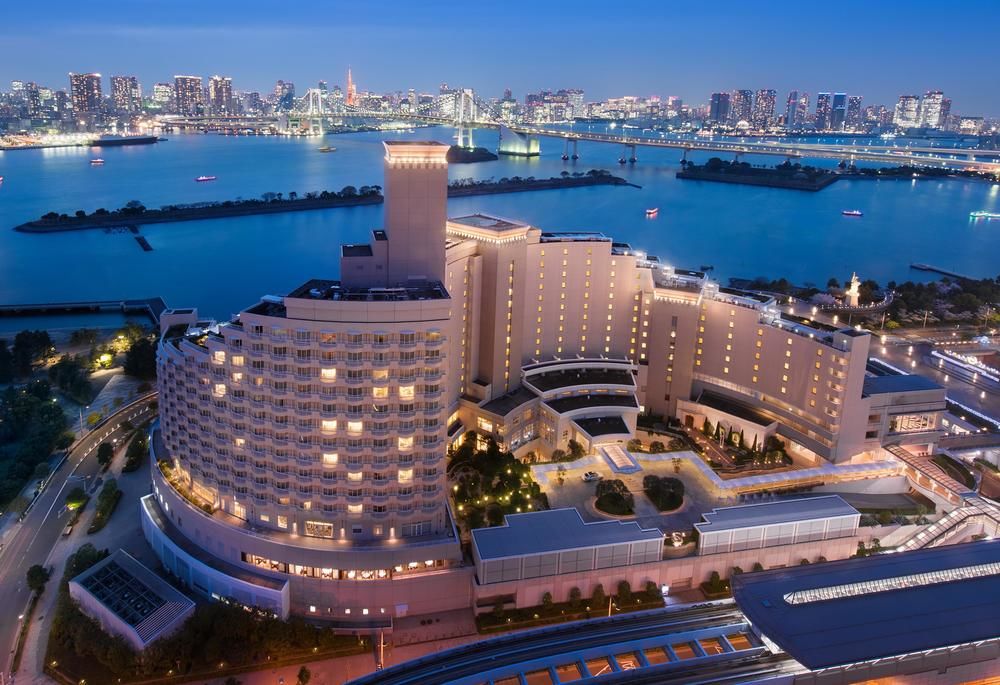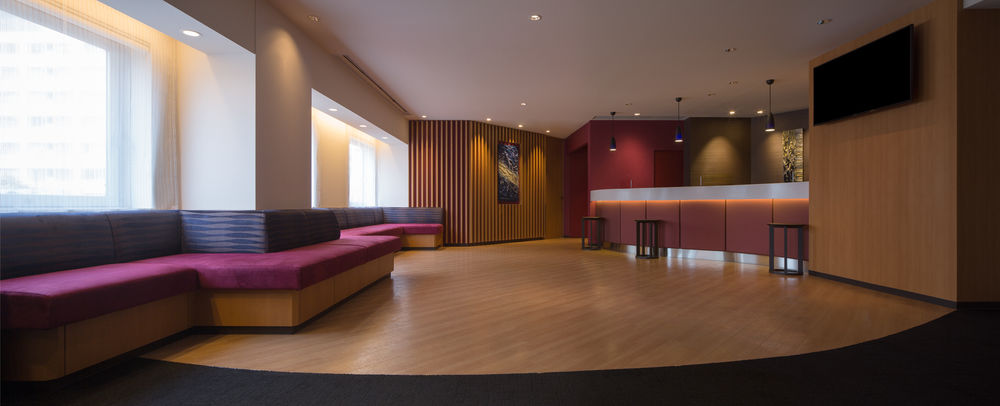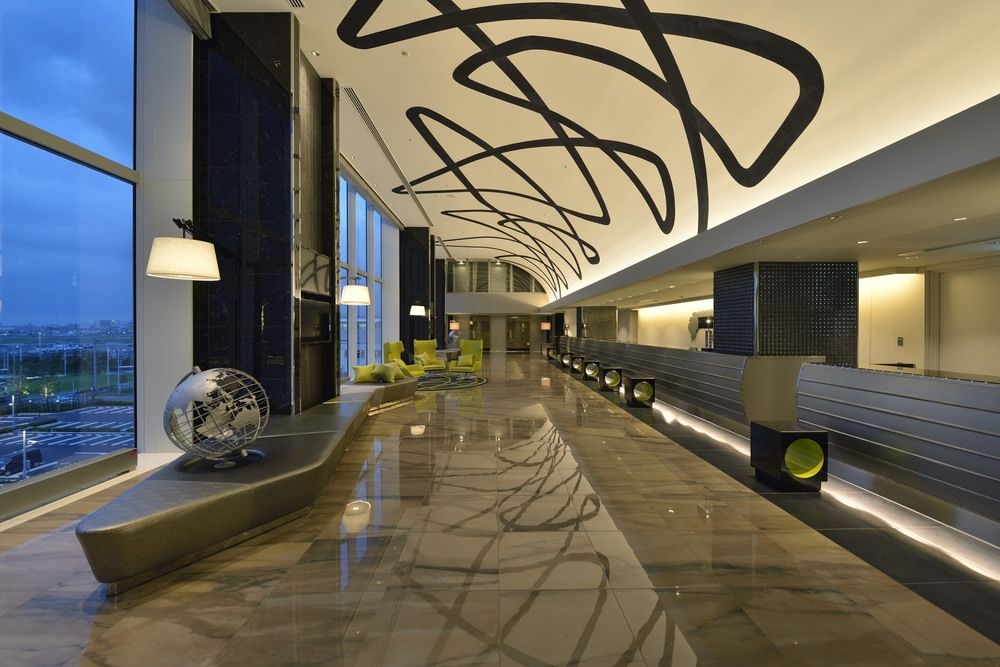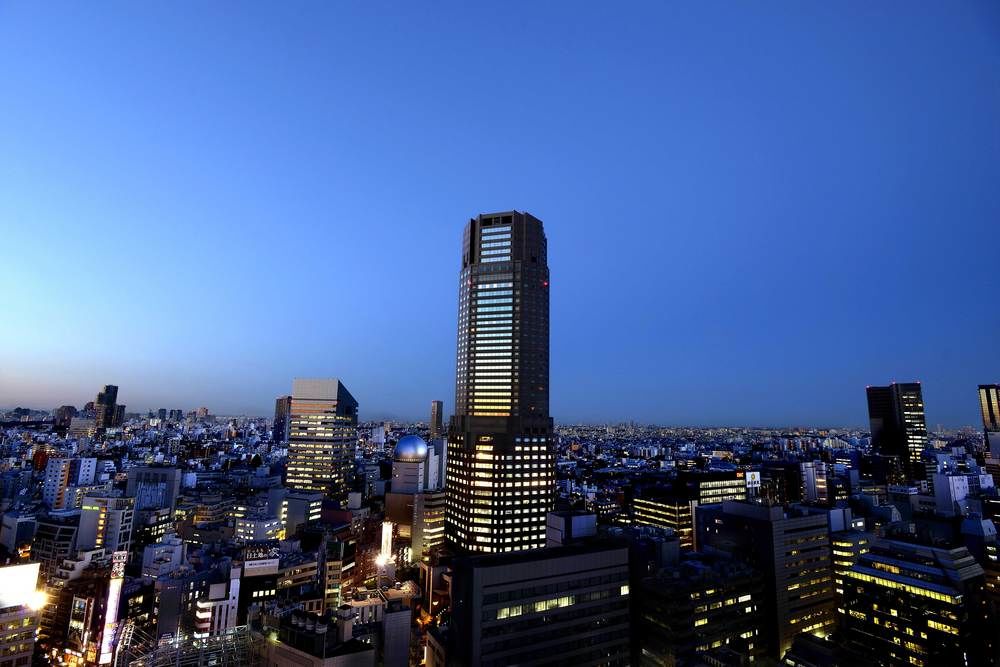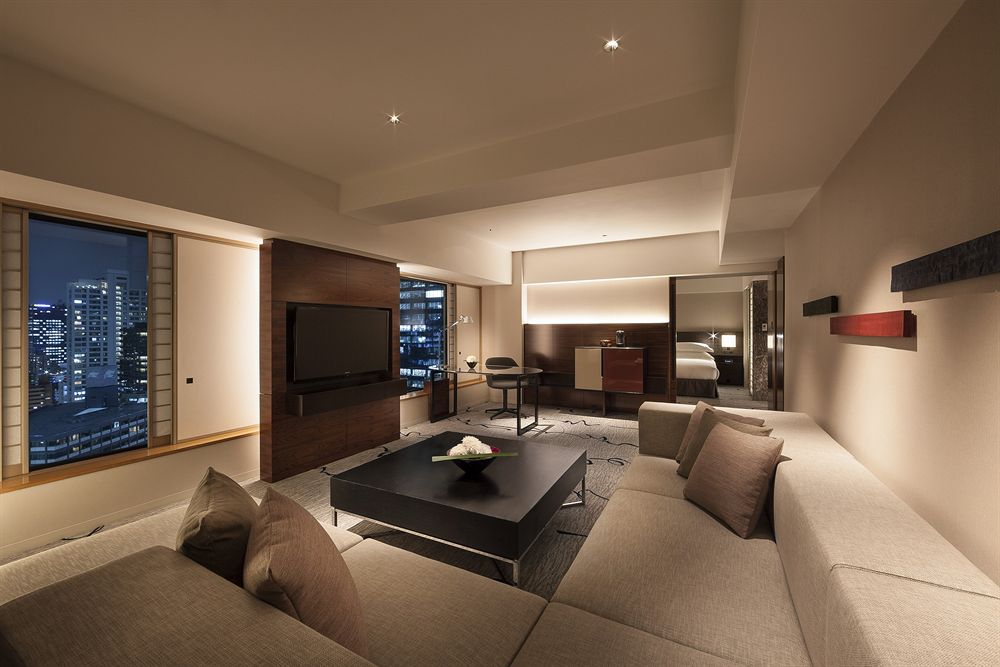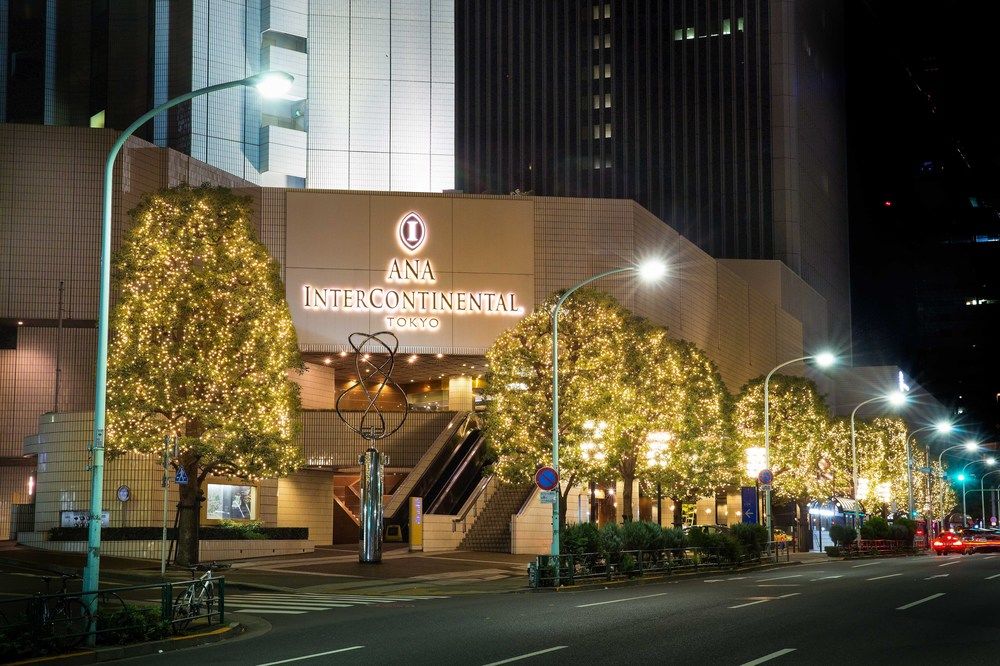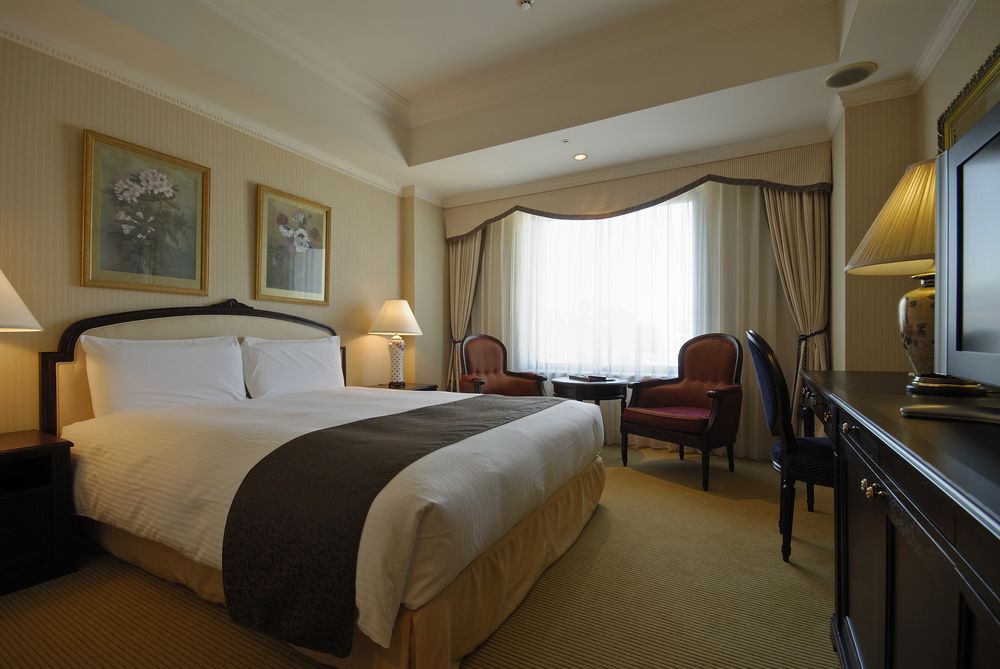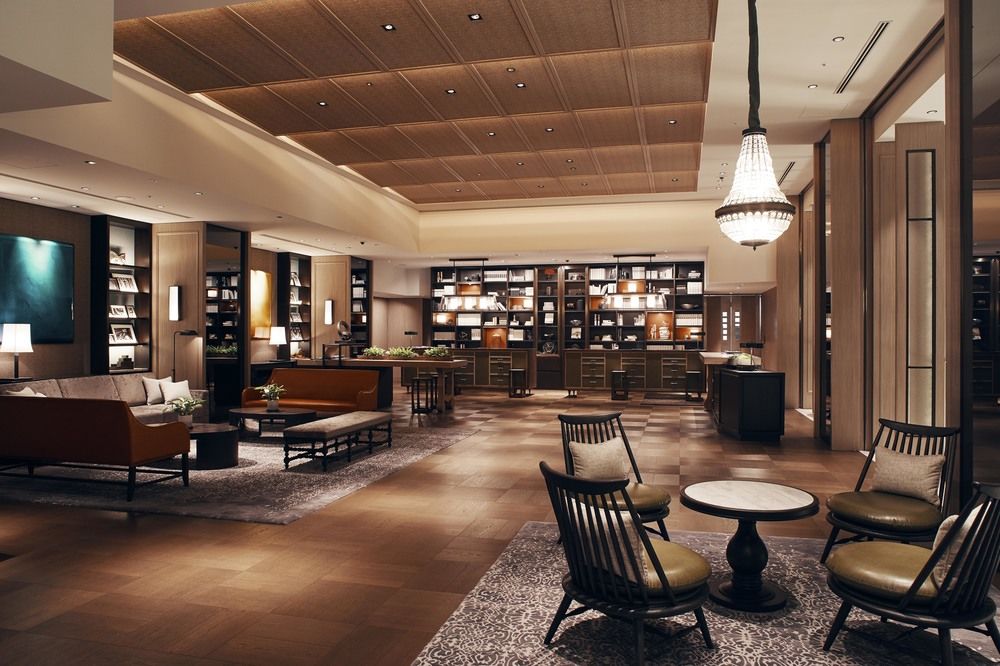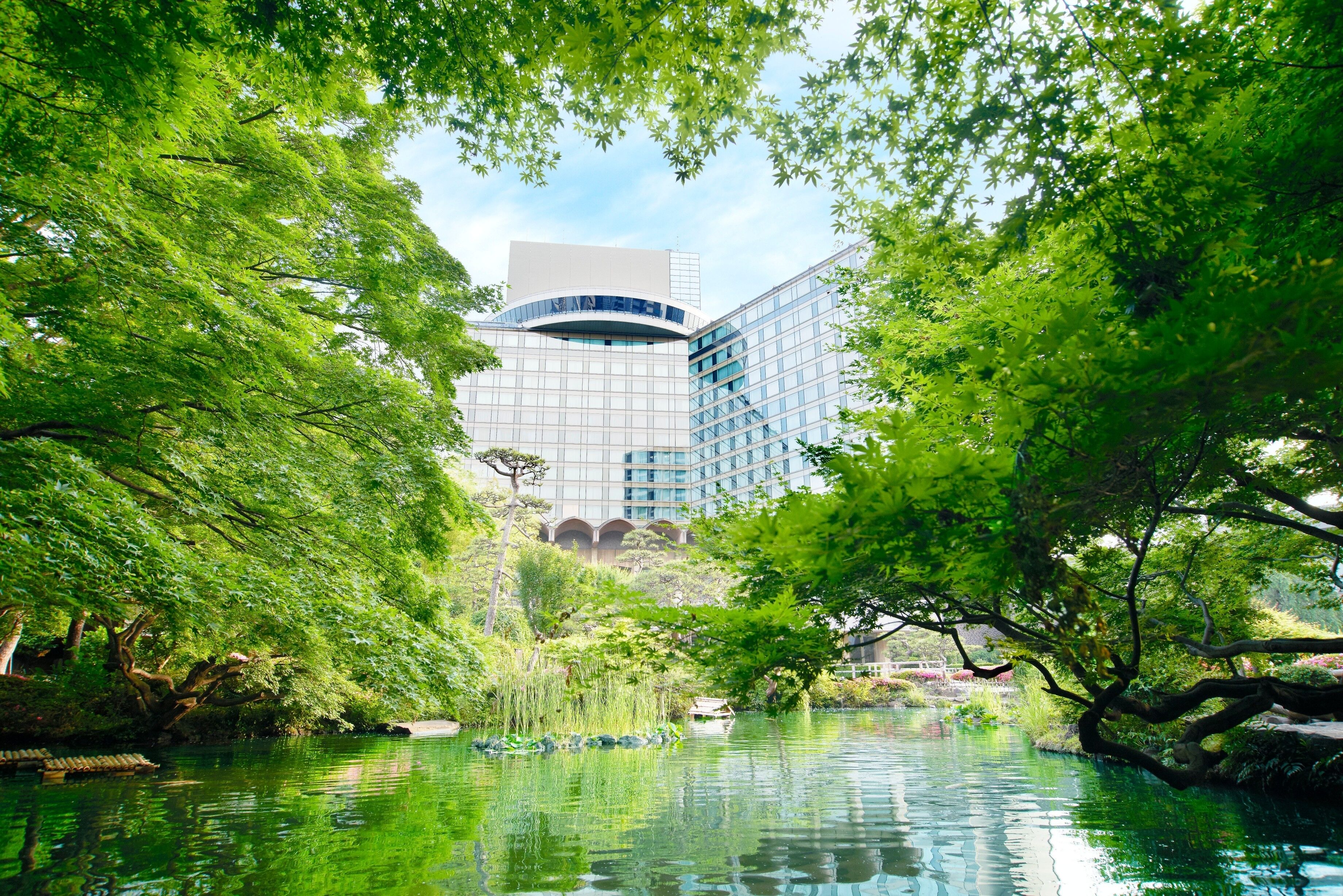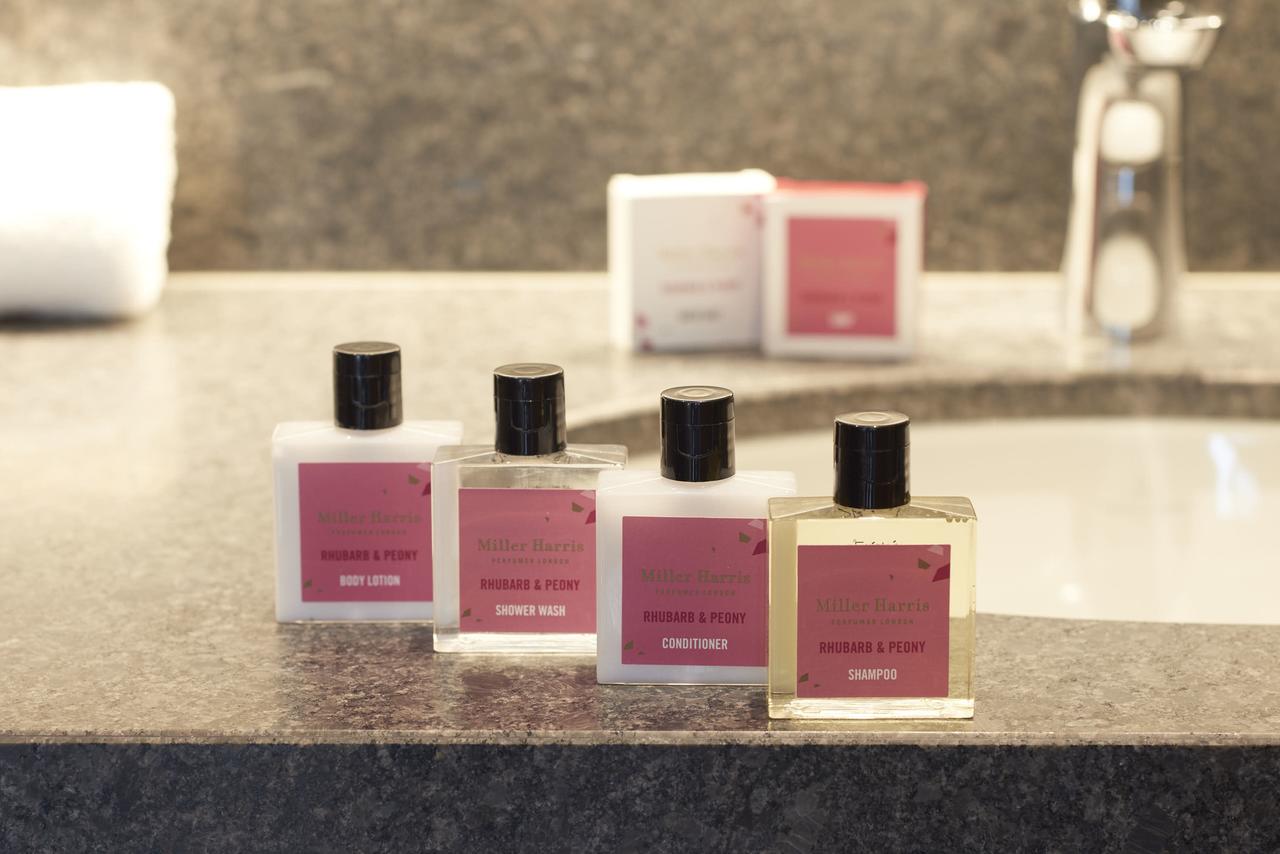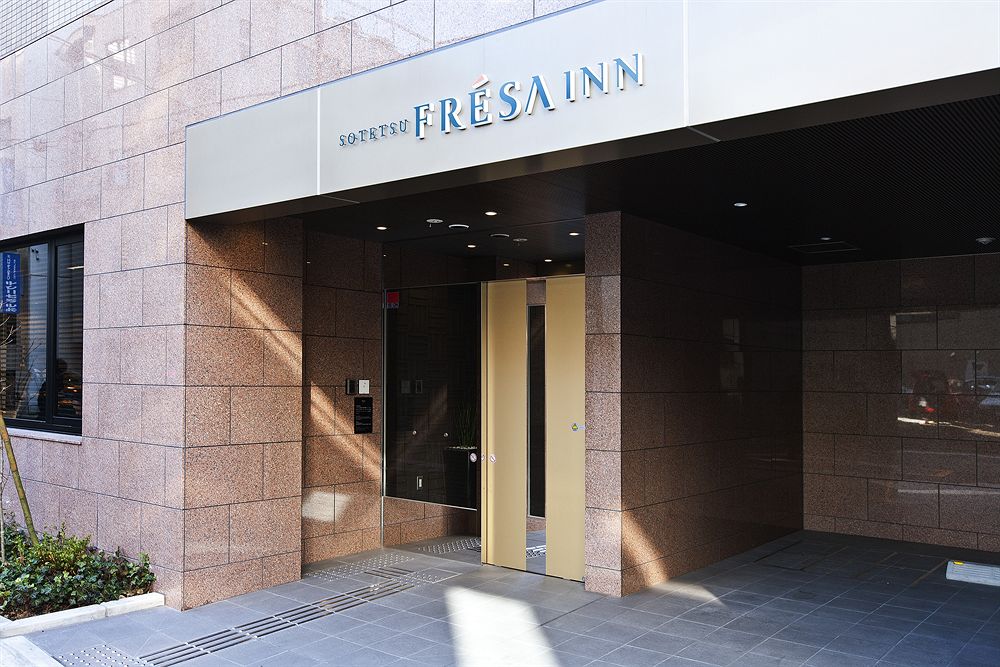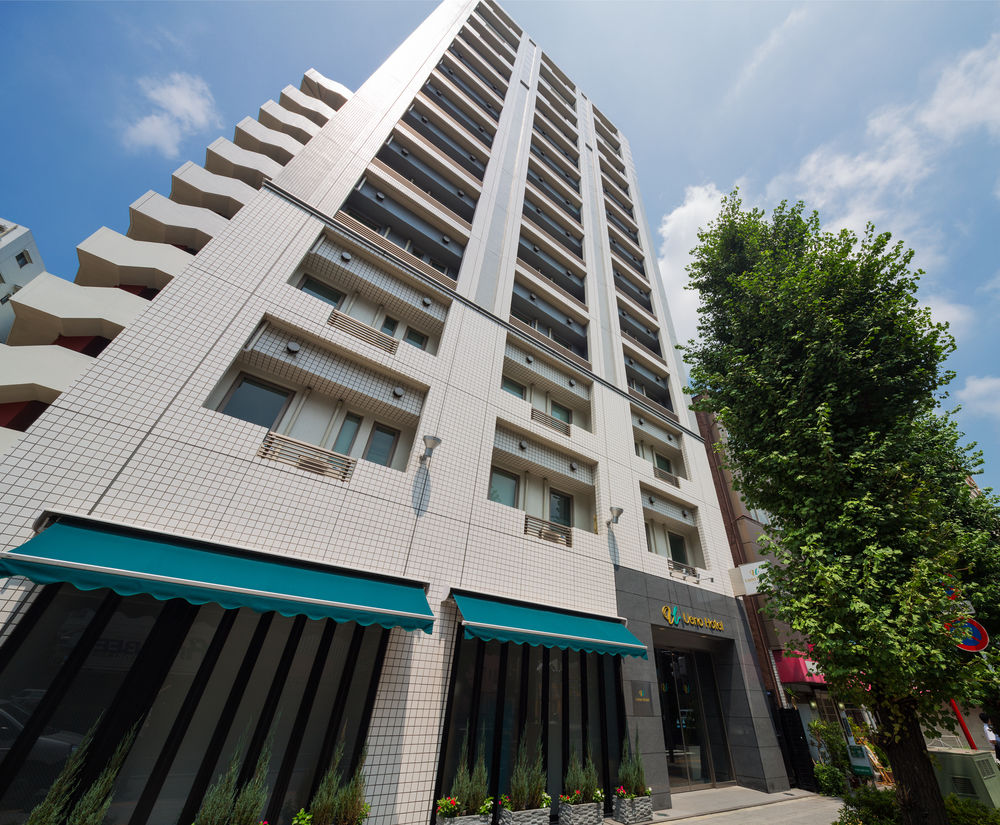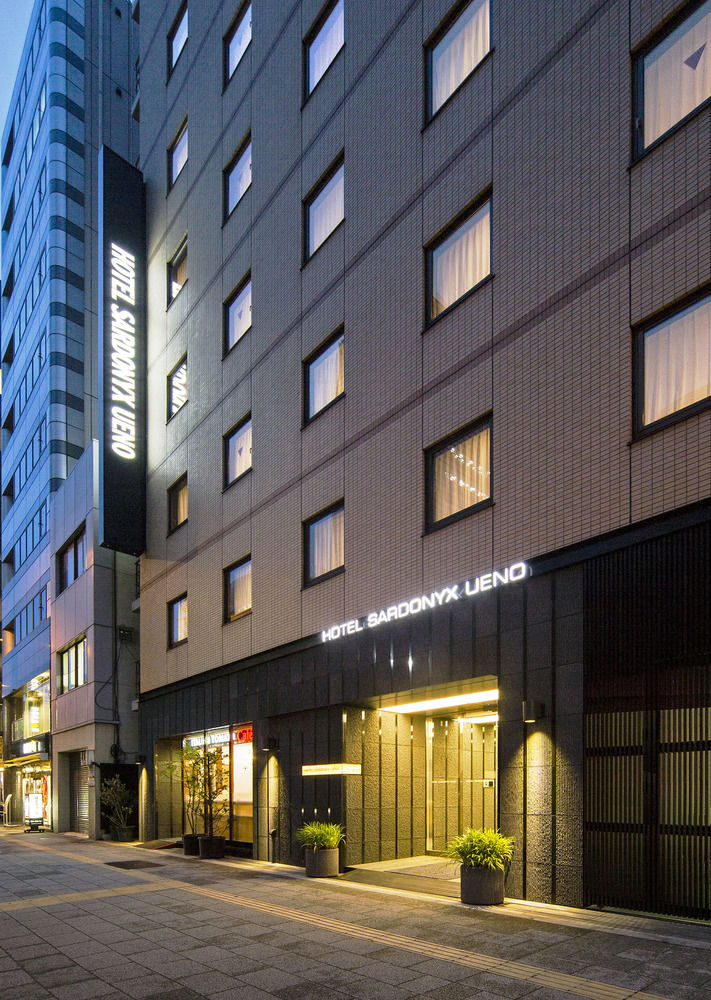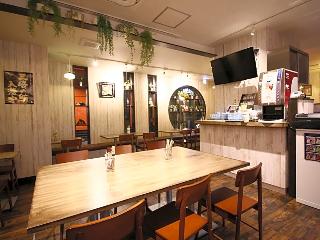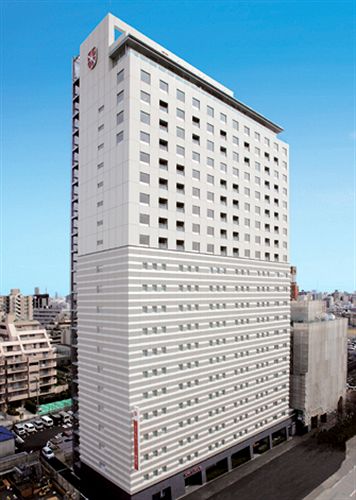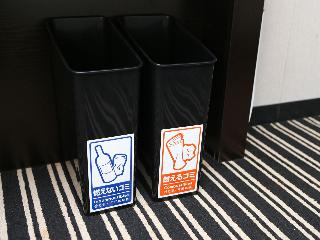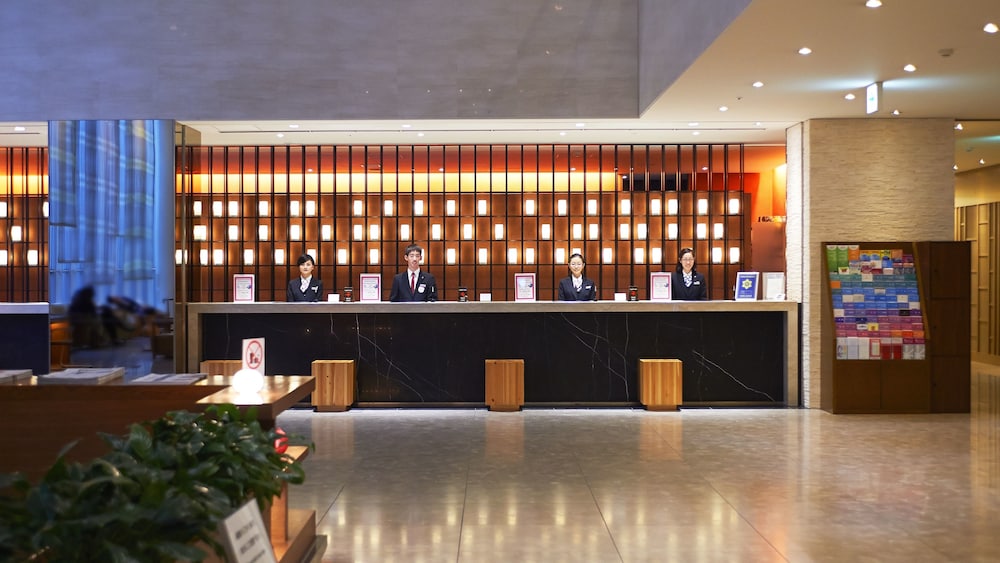
東京23区ホテル検索結果
AIが見つけた軒のホテルの最安値をご覧ください。
ベストホテル
最安値のホテル
ホテル等級
AIおすすめ
東京23区 最低価格のホテル
最高評価のホテル
東京23区にある5つ星ホテル
東京23区にある4つ星ホテル
東京23区にある3つ星ホテル
AIがおすすめする世界の旅行先
東京23区近くのホテル情報
東京23区 旅行に欠かせない情報
“The beginning of Japanese culture”
Tokyo (東京, Tōkyō, ; Japanese: [toːkʲoː] ( listen)), officially Tokyo Metropolis (東京都, Tōkyō-to), one of the 47 prefectures of Japan, has served as the Japanese capital since 1869. As of 2014 the Greater Tokyo Area ranked as the most populous metropolitan area in the world. The urban area houses the seat of the Emperor of Japan, of the Japanese government and of the National Diet. Tokyo forms part of the Kantō region on the southeastern side of Japan's main island, Honshu, and includes the Izu Islands and Ogasawara Islands. Tokyo was formerly named Edo when Shōgun Tokugawa Ieyasu made the city as his headquarters in 1603. It became the capital after Emperor Meiji moved his seat to the city from Kyoto in 1868; at that time Edo was renamed Tokyo. Tokyo Metropolis formed in 1943 from the merger of the former Tokyo Prefecture (東京府, Tōkyō-fu) and the city of Tokyo (東京市, Tōkyō-shi).
Tokyo has 39 million residents, 50% more people than any other urban area, with a $2.5 trillion economy - larger than that of any other city; if it were a country, Tokyo would have the 8th-largest economy in the world. Tokyo is often referred to as a city but is officially known and governed as a "metropolitan prefecture", which differs from and combines elements of a city and a prefecture, a characteristic unique to Tokyo.
The 23 Special Wards of Tokyo were formerly Tokyo City. On July 1, 1943 it merged with Tokyo Prefecture and became Tokyo Metropolis with an additional 26 municipalities in the western part of the prefecture, and the Izu islands and Ogasawara islands south of Tokyo. The population of the special wards is over 9 million people, with the total population of Tokyo Metropolis exceeding 13.8 million. The prefecture is part of the world's most populous metropolitan area called the Greater Tokyo Area with over 38 million people and the world's largest urban agglomeration economy. As of 2011 Tokyo hosted 51 of the Fortune Global 500 companies, the highest number of any city in
 時間 UTC+09
時間 UTC+09 通貨 JPY
通貨 JPY 言語 Japanese
言語 JapaneseStaypiaだけの特別な特典
リアルタイムホテル最安値比較
AIが見つけたin 東京23区の軒のホテルのリアルタイム最安値を簡単に比較検索できます。
316万軒のホテルを最安値で予約
最低価格に最大31%追加メンバーシップ割引でさらにお得にご予約いただけます。
自分だけの
AIがリアルタイムで更新する東京23区旅行情報で便利に旅行を準備しましょう。
よくある質問
東京23区で最も人気のある5つ星ホテルはシェラトン・グランデ・トーキョーベイ・ホテル, ヒルトン東京お台場, セルリアンタワー東急ホテル パン パシフィック パートナーホテルです。 東京23区 評価順にホテルを見る
一般的なホテルの場合、客室予約はキャンセル締切日前まで無料返金が可能です。キャンセル締切日以降は手数料が発生する場合がありますので、ホテルバウチャーまたはメニュー>マイ予約でキャンセル締切日をご確認ください。
ステピアでは、AIが収集した316万件のホテルの最安値はもちろん、会員限定の追加割引価格で人気ホテルを予約することができます。
